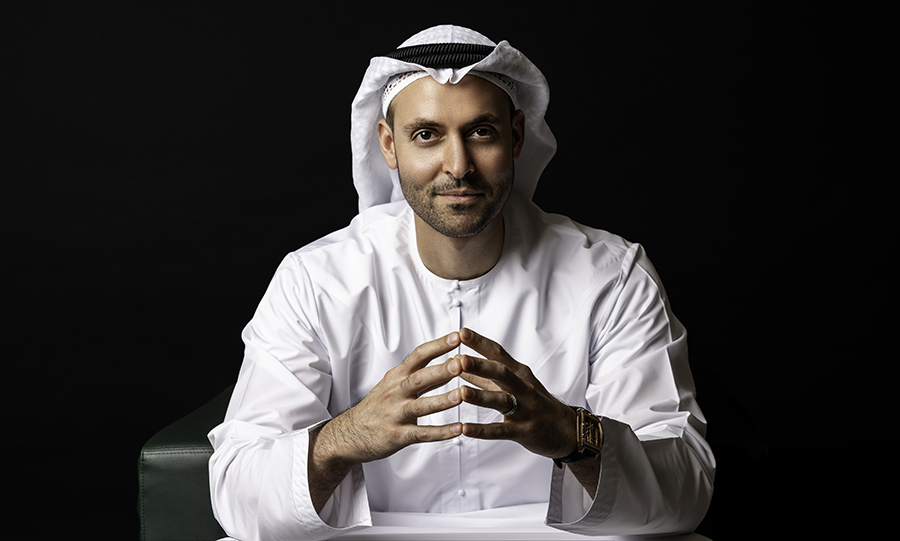I am often asked, being a leader in a global sector that relies more and more on digital platforms, what will the future of our industry look like in five years? In 10 years, even?
In my opinion, as long as cash continues to matter (and it will do so for the foreseeable future), the biggest prediction I can give is there will still be a need for bricks and mortar exchange centers.
The UAE is a crucial hub for money services, and was the second biggest source for global remittances in 2020, behind only the United States. In 2020, remittances by foreign workers in the UAE totaled US$43 billion, according to data from World Bank. It’s a safe estimate that this trend will not be decreasing any time soon.
For 50 years, ever since my grandfather established the Al Fardan Exchange brand back in 1971, physical spaces for those who needed to remit or exchange money have proved invaluable, and have shaped this family business during our past five decades of operation. While digital remittances continue to grow in importance, my view is that cash-based transaction will remain resilient in the short to medium-term.
So, while we have no plans yet to totally migrate our business to one hundred percent digital, this does not mean to say that we are not adapting to the changing market dynamics. Our goal has been and continues to be, delivering an omni-channel strategy to further our organization’s growth and development.
How does that translate in practical terms? First, at Al Fardan Exchange, we are in the middle of a digital transformation. From a talent perspective, we are hiring a new digital-first team and looking to enlist corridor-focused talent in the future, as well as adding new functions and product owners to our core business.
Fintech is another important factor that will drive our revenues in the future, and while it is disrupting the payment space, unlike other businesses that are resisting, we are actively embracing and evolving our offering to meet the new industry dynamics. On the one hand we are competing with FinTech players and on the other, we are collaborating via strategic agreements.
Recently, we have partnered with an innovative payment ecosystem that has been designed and developed within the UAE’s Smart Government program framework. The Dubai-based application offers contactless payment and instant credit. Selecting the Al Fardan Exchange icon on this app now allows access to its remittance services and after satisfying the one-time KYC norms as stipulated by the UAE Central Bank, users can immediately transfer money to their beneficiaries, either to a bank account, or as instant cash.
This is a perfect example of leveraging partnerships to open yet another channel to extend our services to a wider audience in the UAE, and a way to offer even more flexibility and choice to customers. Such tie-ups will be key for our business evolution and expansion.
As well as providing our services to partners, we will also continue to tie-up with firms that offer inroads into brand new customer segments.
In June, we signed a deal with a Dubai-based fintech start-up that will see our global processing and clearing capabilities allied with their digital technology. The move will amplify both partners’ abilities to serve migrant workers, who are in desperate need of no-fee accounts and low- or no- cost cross-border transfers. The partnership also furthers our CSR agenda – driving financial inclusion by allowing overseas workers to easily remit money home.
Most importantly, the agreement unlocks a better experience for a significant customer segment –millennials and Gen Z customers – who are demanding instant financial and money transfer services that are as mobile as they are. In response to this demand, users will now be able to send remittances to multiple global destinations in-app, with low fees and preferential FX rates along with a seamless user experience.
It will be these kind of hybrid evolutions in our product and service offering that drives future success. While we do have plans to expand our physical footprint in the region with new exchanges in new territories, we do have to ensure that we are servicing as broad a customer base as possible, in the most efficient manner possible – and that will mean embracing new virtual technologies to complement our real-world changes as we position our institution in the coming 50 years.


